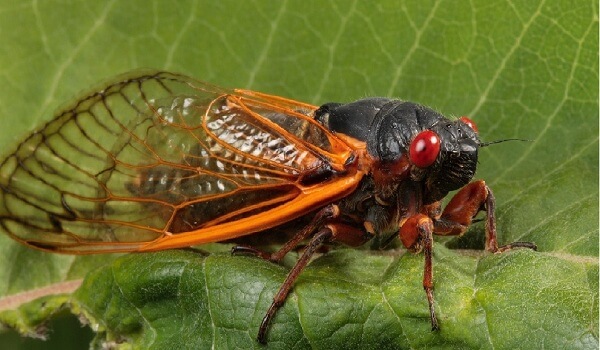An important discovery has been revealed in relation to the cicada species found in South India.Previously mistaken for the Malaysian species Purana tigrina, this cicada has now been identified as a distinct species named Purana cheeveeda.The study also highlights the potential implications of the cicada’s distribution for ecological assessments.
P. cheeveeda’s distribution extends across tropical evergreen forests from Goa to Kanyakumari in South India.This discovery supports a high degree of endemism among cicadas.The declining presence of cicadas in homesteads may indicate the deterioration of soil quality and vegetation.
Cicadas
- Cicadas are insects that belong to the order Hemiptera and the superfamily Cicadoidea.
- Hemipteran insects, also called true bugs, have mouthparts used for piercing and sucking and have two pairs of wings.
- They have large eyes, transparent wings and loud calls that are produced by special organs called tymbals.
- Cicadas are mostly herbivorous and feed on plant sap using their piercing and sucking mouthparts.
- They have complex life cycles that involve long periods of underground development and short periods of adult emergence.
- Most cicadas are canopy dwellers and are found in natural forests with large trees; found in every continent except Antarctica.
- The generic diversity of cicadas in India and Bangladesh ranks the highest in the world, followed by China.
Significance
- Cicadas are important for biodiversity because they provide food for many predators, pollinate flowers, aerate the soil, recycle nutrients and indicate environmental health.
Major Threat
- Human development activities reduce the number of trees that cicadas depend on for feeding and reproduction.
- Climate change may disrupt the timing and synchronization of cicada emergence.
- Pesticides, herbicides and fungicides contaminate the soil and water and affect the health and survival of cicadas and their host plants.

